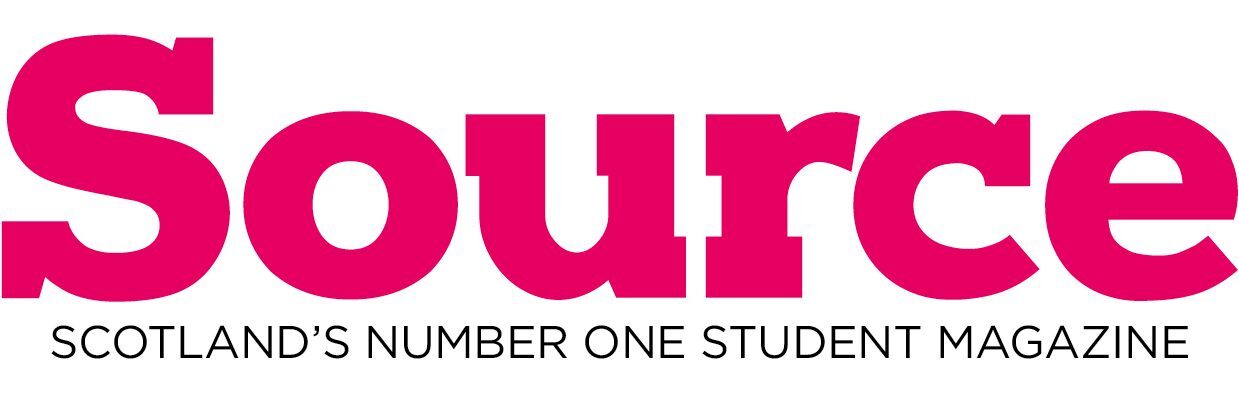The cover letter may not be essential for every role when applying for a job, but it can most certainly help in adding the personal touch to your application. CVs restrict the amount of information you can provide, so use your cover letter to throw in the additional information that will make you stand out from the crowd.
The information your CV can’t provide
Your CV is fairly restrictive, even if you have been efficient with your layout. So use the cover letter to add additional information that may be useful in the success of your application. The cover letter also allows you to have only the relevant information on your CV, rather than squashing as much information in as possible. The two combined should complement each other rather than explaining the same information but in different formats. Use the two different forms to get your point across.
Make a connection with the employer
After you have done some research on the employer, you’ll know what they like and don’t like (or at least a rough idea). Match your interests with theirs within the role i.e. hard working. Treat the application process like a first date, strike for similarities to create a relationship! Employers will respond quicker (similar to a date!) when you relate to them instantly, building the common ground for a solid relationship to begin. This will also help you to have a nice and easy ice breaker when you are welcomed to the interview. It’s essential to start the interview in a strong position through sharing of a similar opinion on a recent phenomenon or a chuckle; this can be identified through vigorous research. But be careful to not get too personal!
How long should it be?
The good old debate of what length your cover letter should be, similar to that of the CV! You need to put yourself in the shoes of the employer – what length of cover letter would you like to read? Consider that your cover letter may not be the only one. Keep your CV short, sweet and to the point relevant to the role. Look at what the role requires and provide short sentences suggesting that you have the qualities with a brief example backing this up. The length should be no more than one side of A4, and preferably a half to three quarters of a page for an easy-on-the-eye approach. You don’t want your employer being put off by the length before they have started to read.
Breaking down the paragraphs
There should ideally be four paragraphs within the cover letter. The first one stating what job you’re applying for, why you’re applying for it, and where you came across the role. The second paragraph should include information such as what attracted you to the role and why you applied specifically to this role. Think about including information that exploits your strength and your interests. The third paragraph needs to include information summarising your key strengths that will make you successful within the role matching up to the requirements. The third paragraph should not simply merge with the second but highlight different strengths with different aspects i.e. hard working, determination to learn independently.
The fourth and final paragraph should state your passion for the role and for the organisation, stating why it is that role you applied for and why you should be hired. Make sure you remember to thank the employer and include the sentiment that you ‘look forward to hearing from them soon.’ End with ‘Yours sincerely’ if you opened the letter with a name, and ‘yours faithfully’ if you opened it with ‘Dear Sir/Madam’.
Demonstrates a willingness to put in the extra effort
A cover letter may be a bit daunting or even a little tedious if you are doing it for every role you apply for. But it is more effective to spend two hours on one application than ten minutes on twelve applications. A more considered approach demonstrates your willingness to put in the additional effort to be successful. So make it work!
Remember, a little extra effort can take you a long way! And don’t forget to proof read your work and spell check to ensure that the school boy errors are minimal!
This Guest Post has been written by Kate Samuelson on behalf of The Graduate Recruitment Bureau (www.grb.uk.com)

